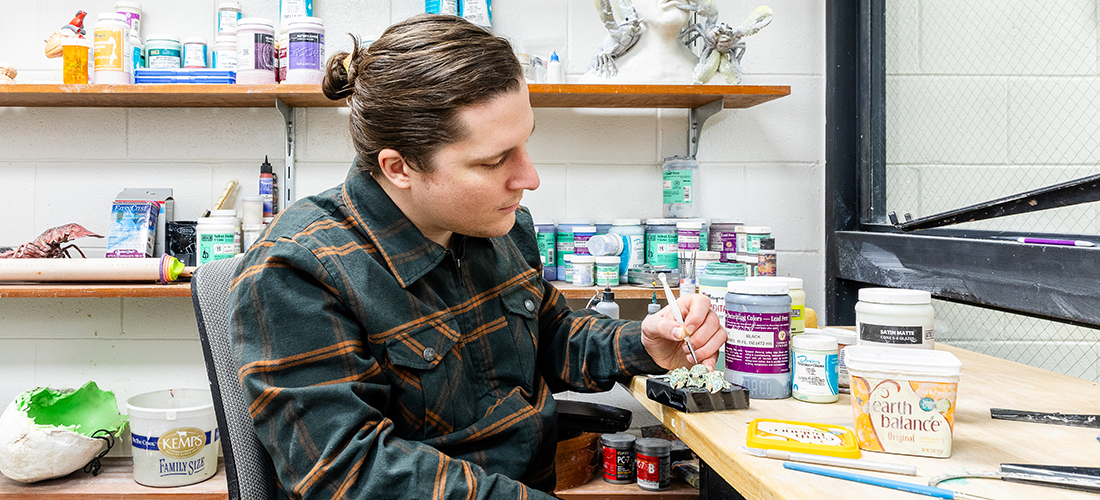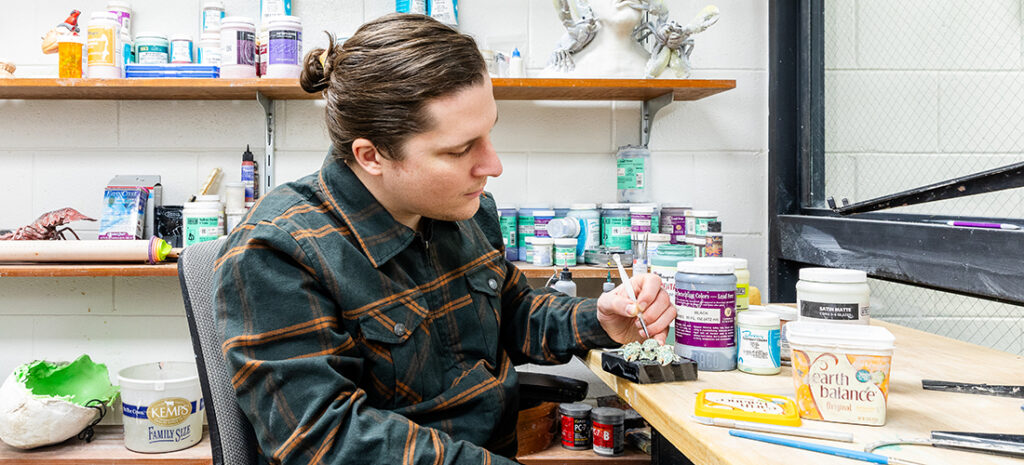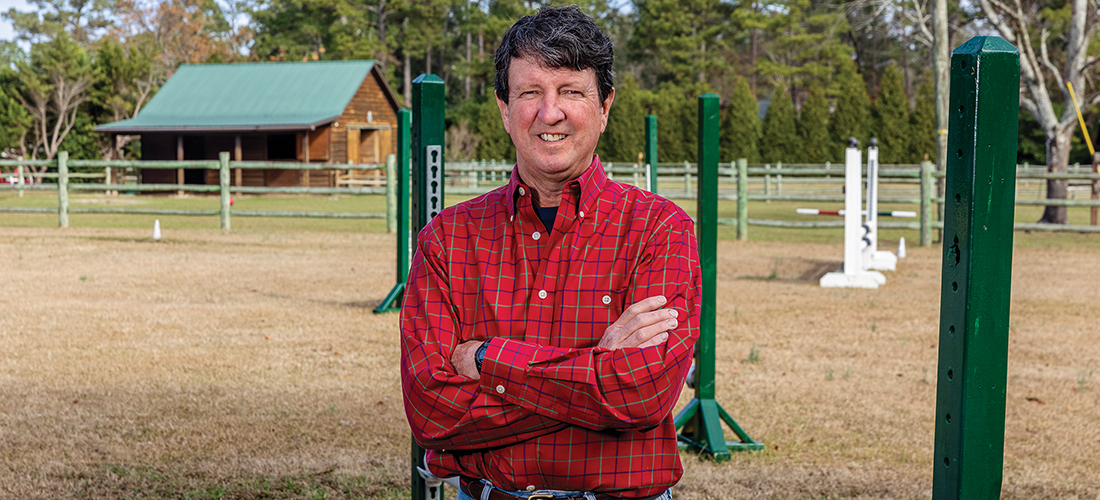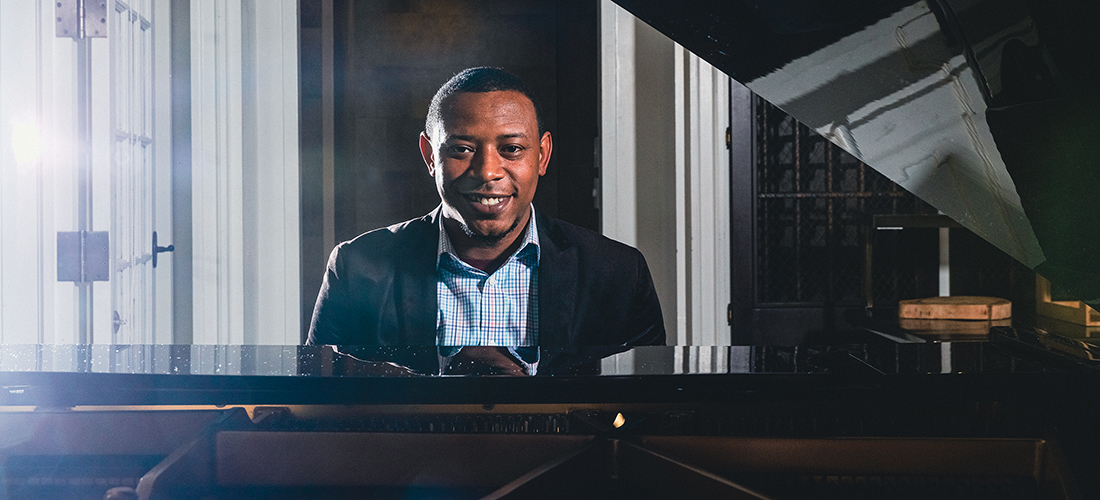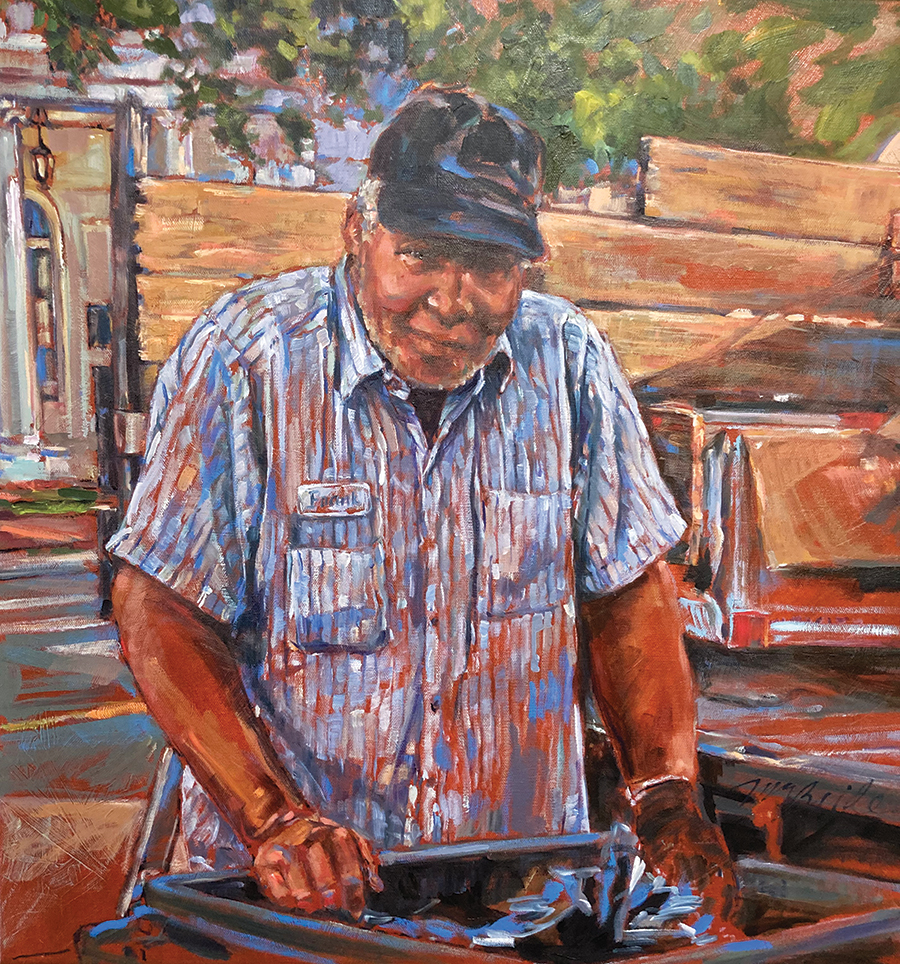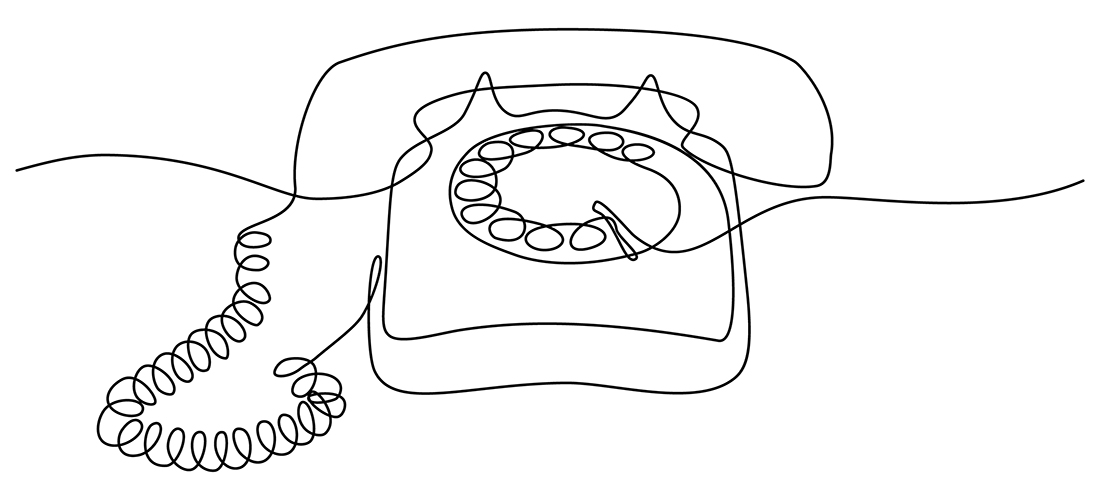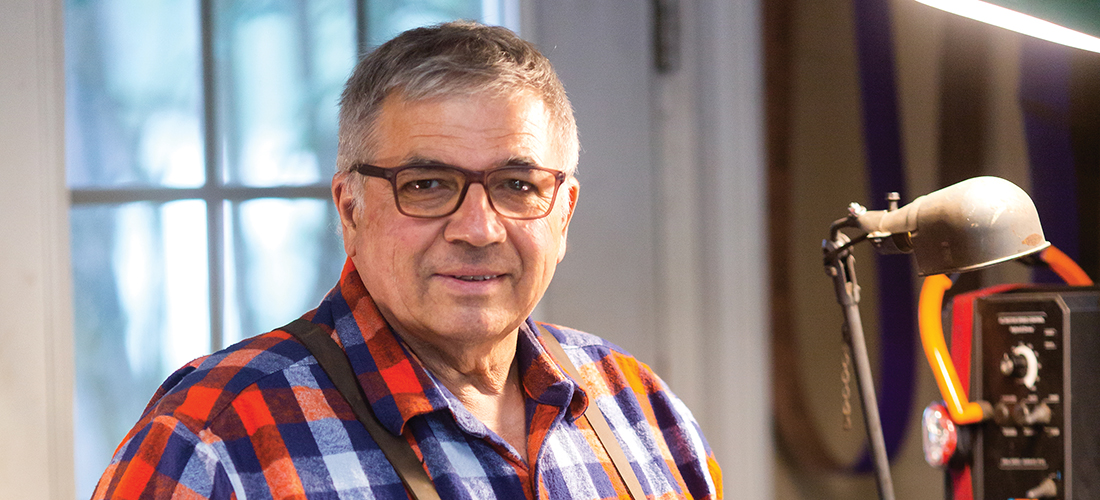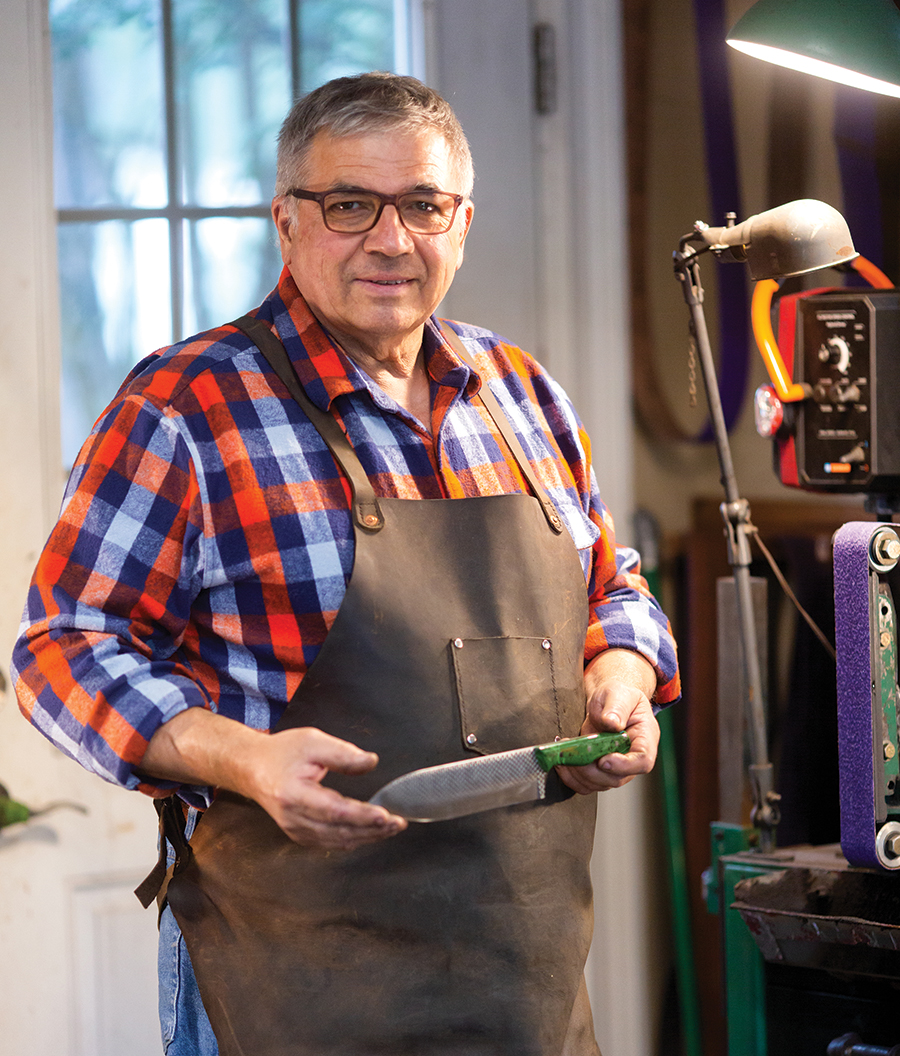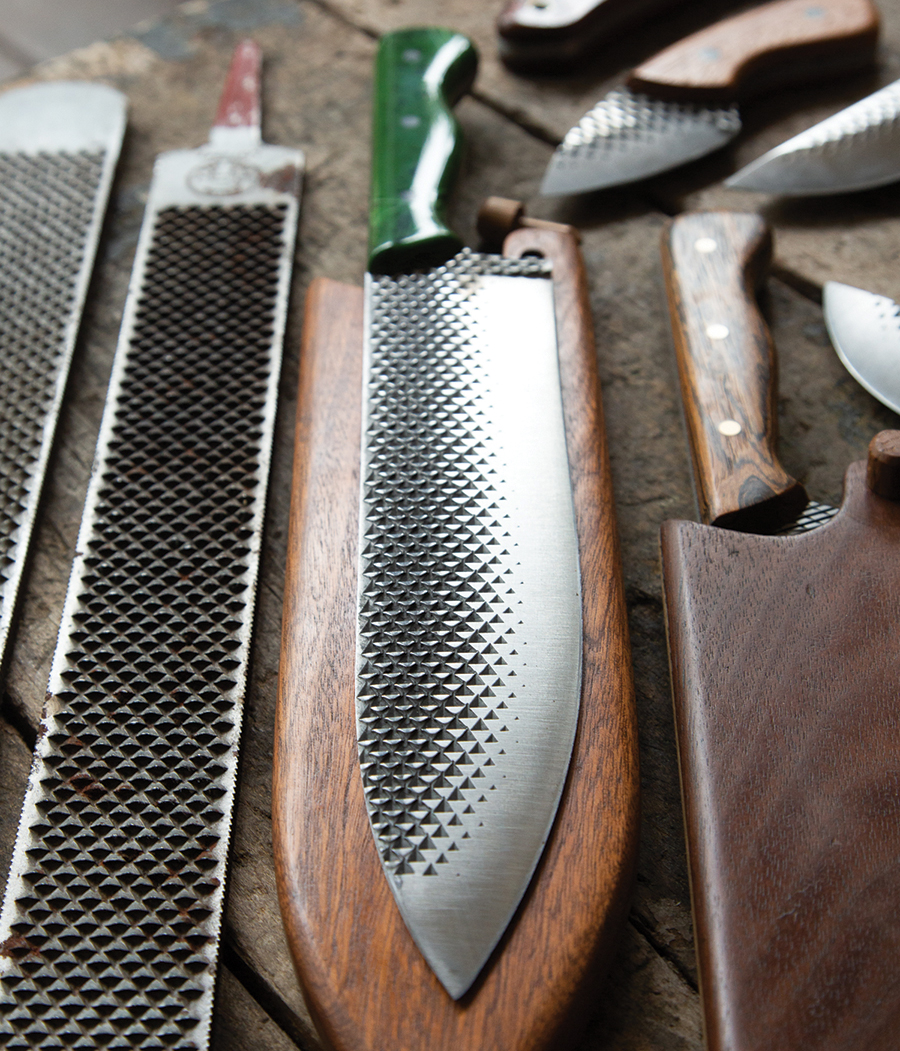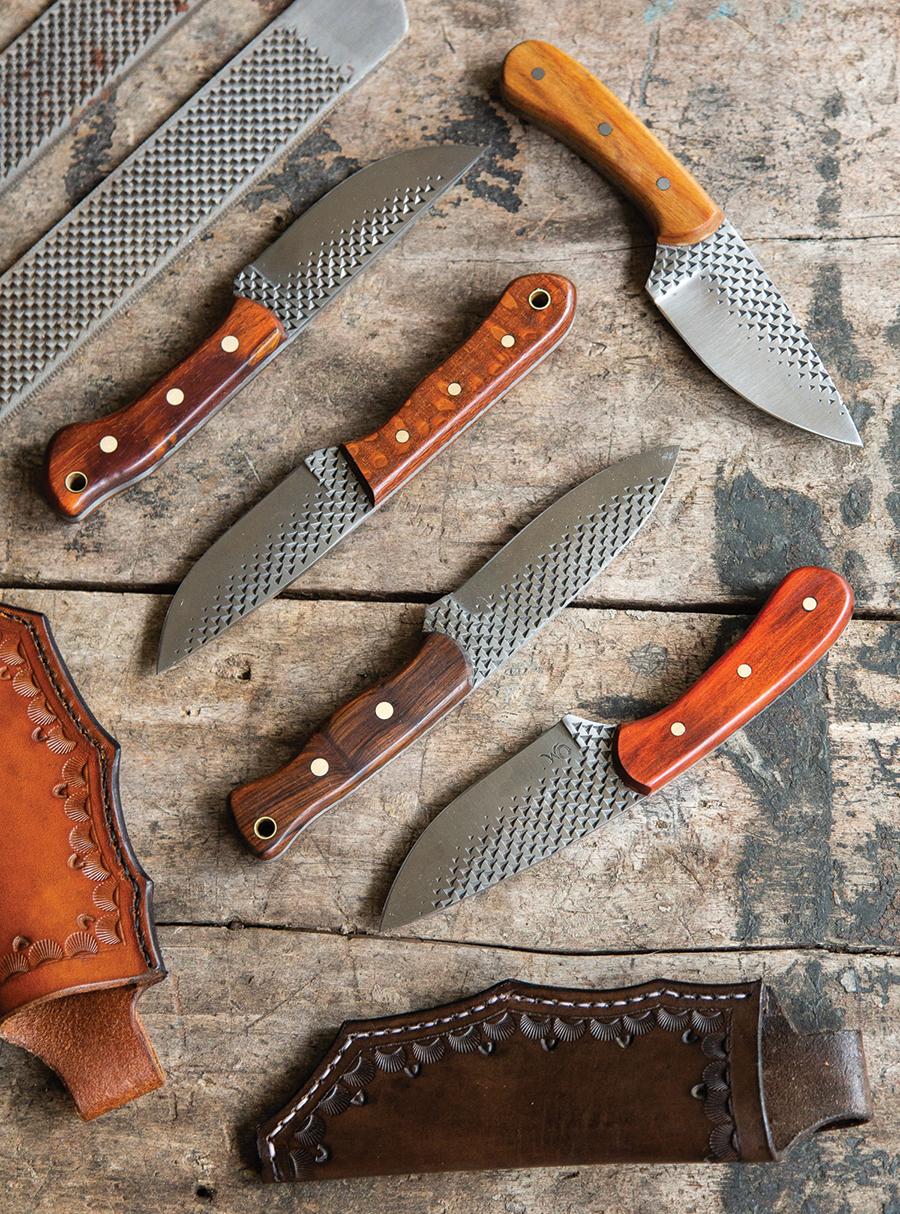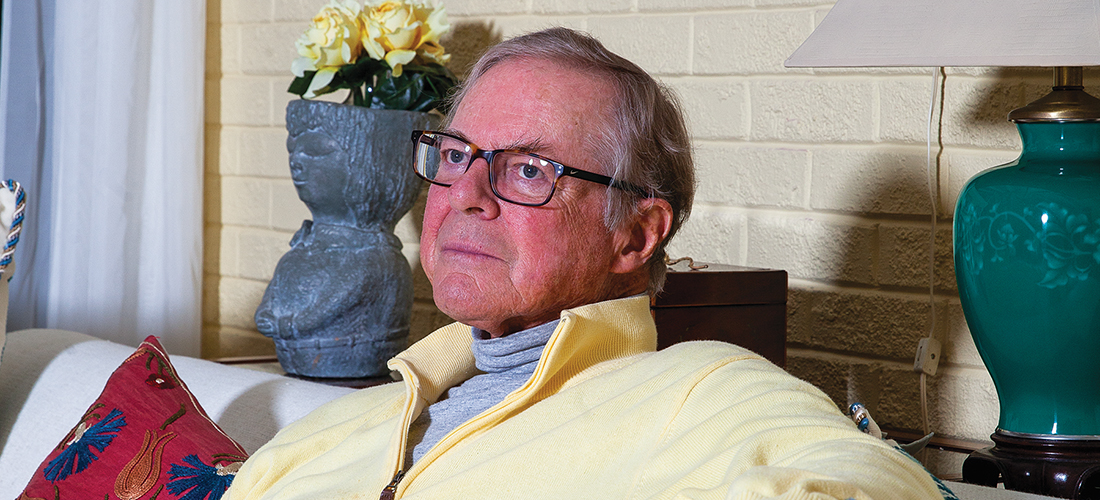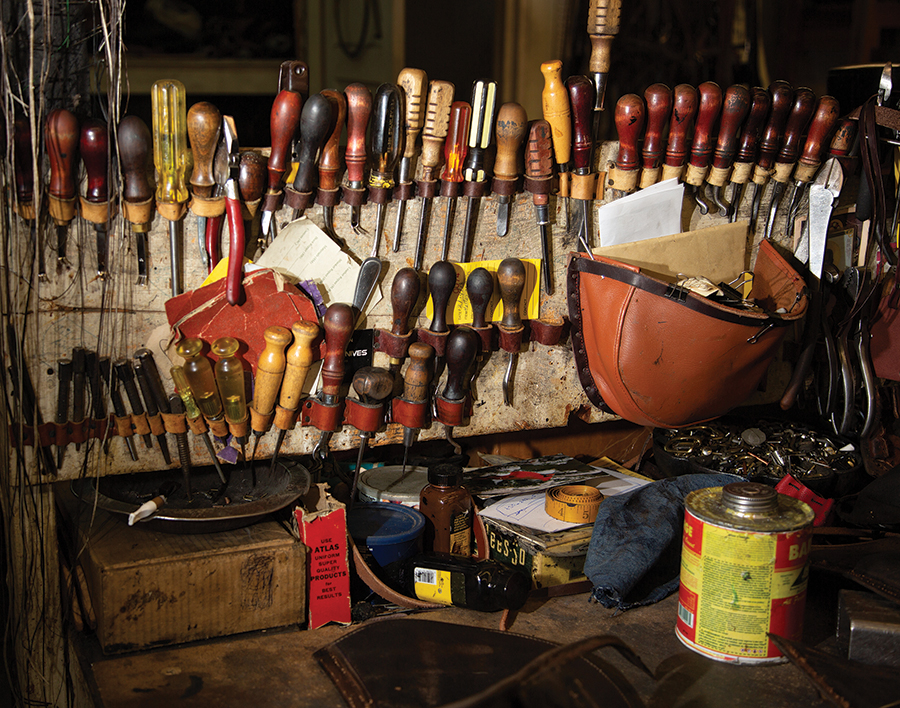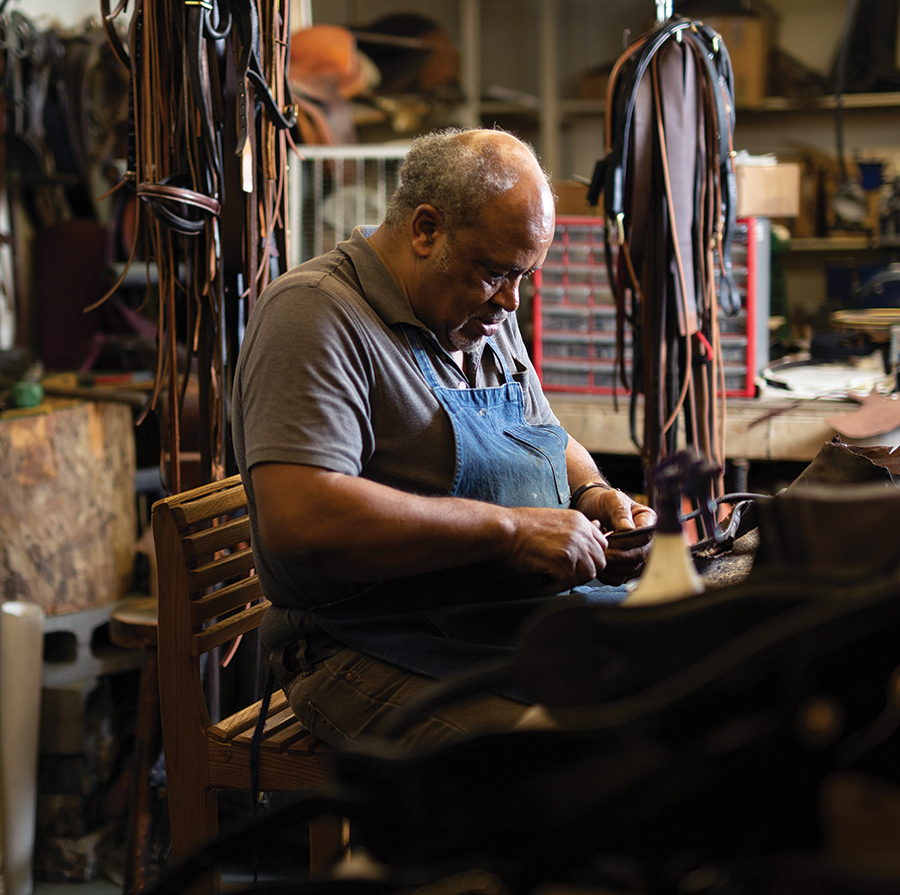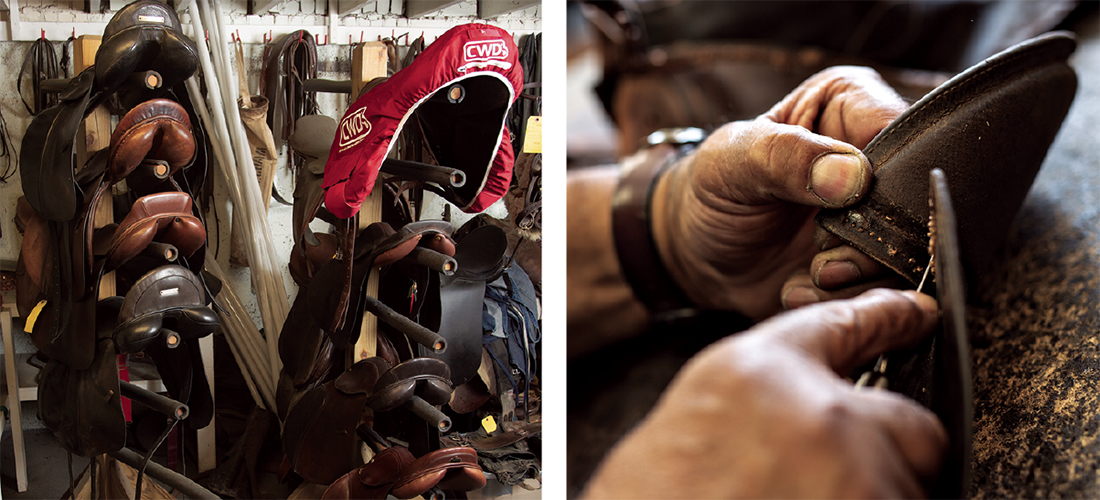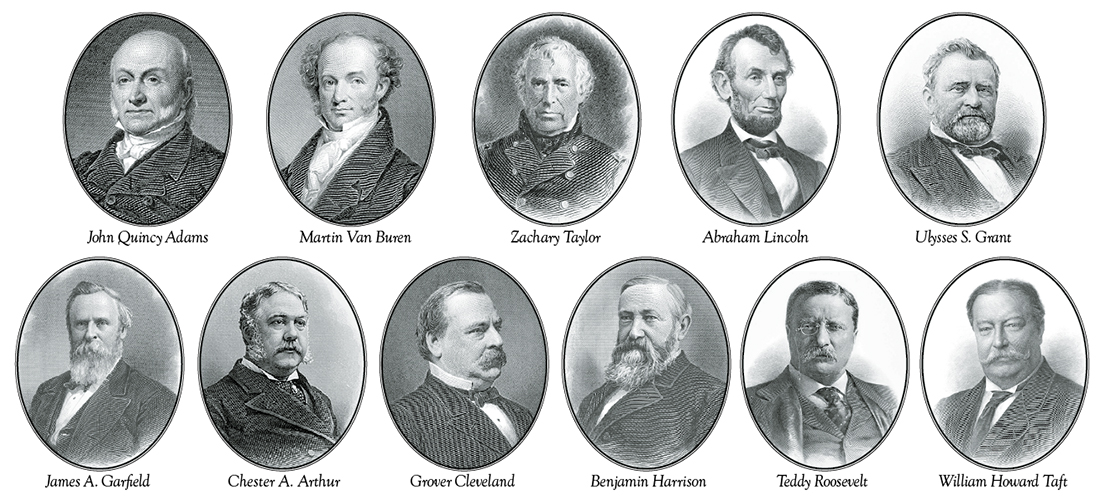Tuned In to the Generations
Gary Brown’s musical legacy
By Jenna Biter
Mount the steps to The Carolina Hotel, walk the lobby to the dining room, and sit down to a fine breakfast under crystal chandeliers. Five mornings out of seven, Gary Brown Jr. will be in the corner tinkling the keys of the shiny baby grand just like his grandfather Robert L. Murphy did for 30 years before him.
Veterans of the hotel staff, and even some guests, watched Brown grow up playing music. At first it was strictly after school. He debuted alongside his grandfather and uncle, Rev. Dr. Paul Murphy, when he was only 14 years old. “My grandfather or uncle would be on the piano. Sometimes my uncle would be on the upright bass or the saxophone, and I would be on the drums,” says Brown. “That makes me the third generation.” He flashes a smile.
Eventually he shared his grandfather’s breakfast gig, penciled into the schedule more and more often, especially after he graduated from Pinecrest High School in 2007. Grandfather was preparing grandson to continue the family’s legacy. “I wanted to,” Brown says. “It was never forced on me.”
In 2022 he’ll have been at it for 19 years. It’s a legacy that spans more than music. Gary’s father, Gary Brown Sr., has been working as a chef at the resort for 42 years, cooking now at Fairwoods on 7.
From a rocking chair on the wide, wraparound porch outside the hotel’s dining room, Brown motions to the grounds. “To be in this atmosphere, you definitely have to make sure you are professional,” he says. When he was a teenager, Brown remembers being nervous that patrons would approach him to chat while he played. “I asked my grandfather, ‘What if somebody comes up to me?’” His grandfather explained it was a part of the job, part of being an entertainer, not just background noise.
Nearly two decades later, Brown’s fingers scale the black and white keys on autopilot while he small-talks with guests. He raises his eyebrows and affectionately impersonates their wide-eyed awe, “‘Woooo, you’re not even looking at your hands!’”
For Brown, playing the piano is like blinking — he can focus on the action but doesn’t have to. “I’ve literally been so tired that I could rest and play the piano,” he says. “One time, I almost fell off.” He drops his head, slumps to one side in imitation. “You know, how your body drops off? I nodded off, but it’s weird because my fingers kept playing.” He folds into laughter, remembering the waitstaff’s amusement at his expense.
Brown can read sheet music but usually plays without it. “I gauge the crowd, see who’s there, see who’s into it,” he says. He’ll sprinkle in pop songs for younger guests. “I love music. I like hymns. I like jazz. I like regular music that people hear on the radio. Either way I put my own touch to it.”
He’s been playing — well, trying to play — the piano since before he can remember. As a toddler, he would crawl to the piano and pull himself onto the bench to hammer at the keys. Then, in the second grade, he entered an art contest with the assignment to draw what you want to be when you grow up. His picture depicted the adult Gary seated at a baby grand. “I didn’t know how to draw hair, so I just drew a mohawk,” he says, running a hand over his tightly cropped haircut.
Even without the mohawk, his elementary artwork was prescient. “I not only play piano, I tune pianos,” he says. “And my grandfather tuned pianos, and my uncle tunes pianos.”
His Uncle Paul also plays at the resort at least once a week, as he has for the past 37 years. And his mother, the daughter of Robert and Paul’s sister, Cathy Murphy, is a piano technician, able to regulate and repair pianos.
The family’s musical legacy began when Robert opened Murphy’s Music Center, a piano store, in Aberdeen in 1972, at the time one of the few Blacks to own a Sandhills business. He shuttered the store in 1980 because of the recession, but his misfortune had an upside.
During the economic downturn, Murphy couldn’t afford to pay tuners to maintain the pianos he had in stock, so he learned to tune the instruments himself. That led to a new business, Murphy’s Music Service. When he started playing at the resort in 1982, the combination launched the family’s musical arc.
“My grandfather taught me how to tune by ear first,” Brown says. “Then, after I learned to tune by ear, he allowed me to use a device as an aid. If the device is broken, you still need to be able to tune the piano.”
He dives into a masterclass on the process. “For most of the keys on the piano, there are three strings,” he says. “I use the felt to mute the left and right string, so then it only exposes the middle string.” Brown describes the tedious process with hand motions as if a piano were in front of him. With only the middle string exposed, he sets the note before individually tuning the right and left strings until all three are in tune.
“That’s pretty much what I do all the way down the whole piano, and the piano has over 260 knobs and tuning pins I have to turn,” he says. “A lot of times, I go through it twice.”
Patience was the first skill Brown learned from his grandfather. “I used to look at him and say, ‘What is he doing?’ I’m like, ‘He’ll never get done doing that.’”
But wisdom comes from experience. “You just focus on one string at a time,” he says. He points to a decorative retaining wall on the grounds, “It’s like somebody building that brick wall right there
. . . one brick at a time.”
At first, Brown learned the tuning trade in his grandfather’s shop. When his grandfather decided he was ready, Brown accompanied him to tune in customers’ homes. Then he graduated to tuning pianos solo with only pickup and drop-off by Grandpa.
When his grandfather was diagnosed with cancer, Brown stepped up. “He was tuning the piano, and I was right beside him. But he didn’t have enough strength to do it. So, I said, ‘I got it, Grandpa, I got it,’” Brown says. “Then he’d hand me the tuning hammer, and I’d tune the piano.” When Murphy’s condition worsened and he had home hospice, Brown would service pianos and bring checks back to his grandfather until he passed away in 2012.
Nearly a decade later, Brown still shows up for his grandfather’s clientele. He helps to support Murphy’s Music Service, run by his grandmother, Thomasina, but also has his own tuning business, Murphy and Brown’s Moving Music. “Call either or, and I’ll still show up,” Brown says and cracks a smile.
After Robert Murphy died, Brown was upset he didn’t play the piano for his grandfather while he was in hospice care, so he added a third, compassionate, leg to his business. “It just opened my eyes to the opportunity. You know, since you didn’t do it for your grandfather, you can do it for other people.
“I’m the last person they hear before they pass away,” he says with sober gratitude. “A lot of family members are mourning, don’t know what to say, don’t know what to do. Then when I come with the music, the music fills the gaps.”
Sometimes Brown brings his sons, Gary Brown III and Jayce, just shy of their ninth and fifth birthdays respectively, with him when he plays for hospice patients, so they can witness the gift that music can be.
Like their dad, the boys gravitated toward the piano as toddlers. “I would see them going to the piano and doing the same exact thing I did,” he says. But like Murphy didn’t force the piano on his grandson, Brown doesn’t force it on yet another generation. “A lot of people that come up to me, they say they used to take lessons when they were young, but they don’t play anymore. Maybe they had a strict teacher, or they just didn’t practice when they were supposed to,” he says. “But when they hear me play, they say they wish they would have kept playing.” Brown knows the next generation will get there on its own, if that’s where it wants to go.
“My grandpa always told me, ‘If you find something you love to do, you never work a day in your life.’ That’s why I learned how to play and I learned how to tune,” he says. “I love it.” PS
Jenna Biter is a writer, entrepreneur, and military wife in the Sandhills. She can be reached at jennabiter@protonmail.com. Contact Brown for any of his piano services by calling him at (910) 315-1362 or emailing him at garybrown1362@gmail.com.



